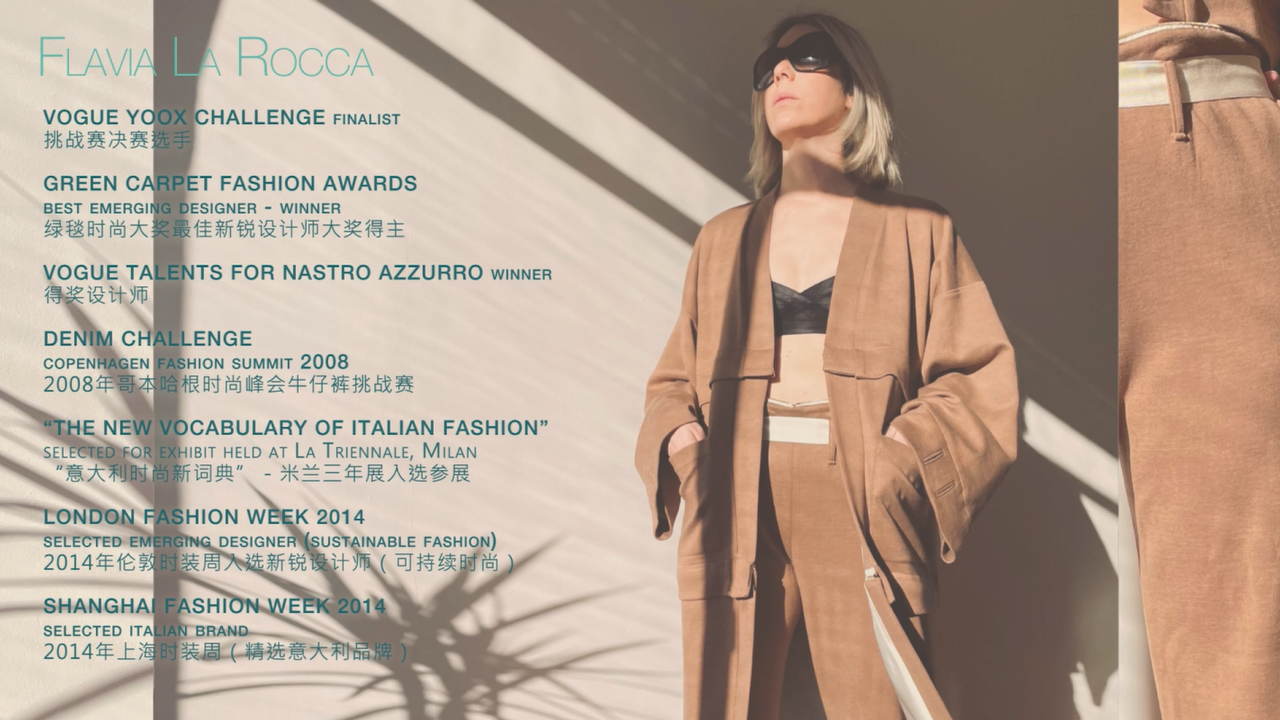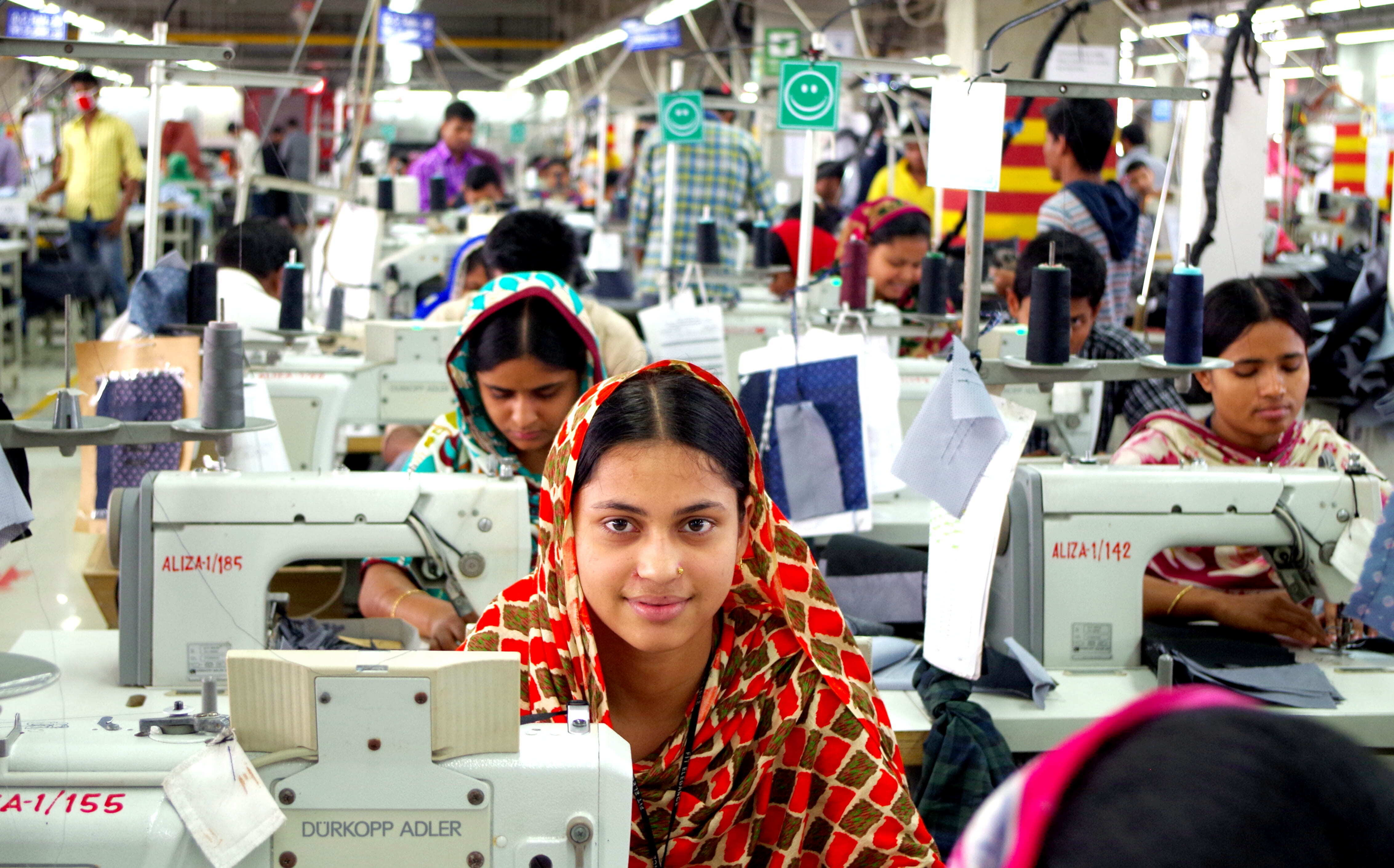How To Be A 360 Degrees Expert of The “Fashion Game”
Dec 15, 2021
How diverse can the impactful changes professionals are able to bring in be?
Meet the professionals, meet Flavia.
HOW TO ENGAGE YOUR COMPANY IN A POSITIVE CHANGE?
The decision to launch Between Conscious Program is driven by the mission to ease a change in the fashion industry.
BETWEEN consultancy supports the process to focus on values and integrating them into the corporate identity, and to find the best professionals with high-level team scouting.
Sometimes all you needed was some inspiration: Between Conscious Program, therefore, started a journey to show you how diverse can be the range of impactful changes that professionals are able to bring in.
Meet the professionals and discover all the possible routes in the journey to sustainability.
Holistic Sustainability - Flavia La Rocca
Flavia La Rocca is an artist, founder, and creative director of the brand that brings her name, but also an advocate of sustainability in fashion and forerunner of a systemic approach to it. From design and production, up to sales and communication, she is able to take care of each step of the job, thus making her a 360 degrees expert of the “fashion game”.
Flavia La Rocca is a widely overt professional, working very often with fashion institutions in Italy, like Camera Nazionale della Moda, with Vogue Italia, winning prestigious awards - such as the Green Carpet Fashion Award in 2019 for Best Emerging Designer - and attracting the attention of International Press and celebrities - up to making it to the cover of National Geographic’s issue about sustainable fashion. BETWEEN got to know her back in '16 when she was selected for Fashion Hub by her first season and continued to follow her career.
Her career started in the late 2000s working for prestigious brands such as Vivienne Westwood, Prada, Valentino, and Bluemarine. Very soon, though, in 2011, she got to develop a brand of her own and came up with an innovative concept: a modular design that brings the concept of Reduce and Reuse in the spotlight.
A Signature Design
“I decided not to design standard clothes: I design modules that through the use of hidden zippers can be detached and matched again. With - for example - a top and a skirt, you can have a dress. Using this system you can get up to 10 different outfits by using only 3 modules that can fit in a small bag. This also means producing less, and on top of that, I put my desire to be sustainable. So I started selecting recycled polyester and organic cotton: when I started this project we could have black and white only, so I had to play a lot with that.
I also added a third point to my standard: ethical production. I always know who the people working on my clothes are. Sustainability for me means putting these three points together: sustainable, responsible and respectful”.
Flavia La Rocca “NOT JUST A DRESS”
A 360° Expert
“When it comes to sustainability in fashion, know-how can be built by experience only. I attended fashion studies back at University, of course, and academic education was really important for me. But if now I can work with advanced materials and new fabrics, apply responsible techniques on the design, make sure that the supply chain is sustainable…If now I have developed this expertise in each step is all because I have done a lot of practice meeting suppliers, speaking with them, doing my research on materials and ethical production, and also supporting marketing and communication. This is how I started, and this is why I am also able to help other brands to start the same path and assist them to develop a sustainable production”.
Step One: Transparency
“The first thing that a brand should do, and that is missing from mainstream production is: to be transparent.
As a customer, I would like to know who made the clothes, where, in which condition, and what are they made of. But if we want to be responsible, that is also a great chance to communicate what we are doing. So, for example, if we choose organic cotton, we can explain what it is and why we made that choice: it is a chance to educate our clients, and we really contribute to starting a change”.
Make “Made in China” Green
“If I had the chance to work with a Chinese company in the fashion industry, I would do exactly the same thing as I do here in Italy: meeting the manufacturers, seeing how they work, working on materials’ sustainability, developing new materials, and, after that, keeping in mind the end of the product’s lifecycle starting from its design.
If I am able to do all that, why should I rely on my network here? Why not produce in China? That would be even better, as I would not impact on transportation to bring - for example - my clothes from Italy. The possibilities are a lot”.

















